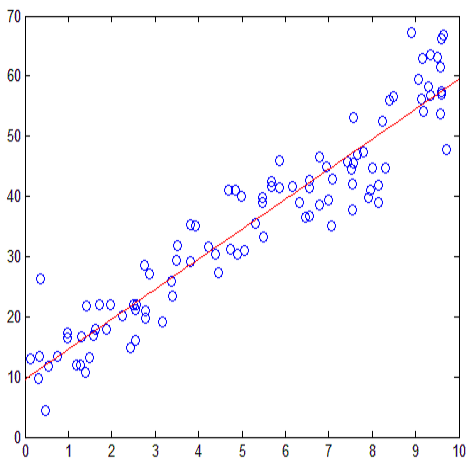Model selection (MS) and model averaging (MA) are two popular approaches when having many candidate models. Theoretically, the estimation risk of an oracle MA is not larger than that of an oracle MS because the former one is more flexible, but a foundational issue is: does MA offer a {\it substantial} improvement over MS? Recently, a seminal work: Peng and Yang (2021), has answered this question under nested models with linear orthonormal series expansion. In the current paper, we further reply this question under linear nested regression models. Especially, a more general nested framework, heteroscedastic and autocorrelated random errors, and sparse coefficients are allowed in the current paper, which is more common in practice. In addition, we further compare MAs with different weight sets. Simulation studies support the theoretical findings in a variety of settings.
翻译:模型选择(MS)和平均模型(MA)是拥有许多候选模型时两种流行的方法。理论上,甲骨文MA的估计风险并不大于甲骨文MS的估计风险,因为前者更为灵活,但一个基本问题是:MA是否比MS提供了巨大的改进?最近,一项开创性工作:彭和杨(2021年)在嵌套模型下回答了这个问题,其内容为线性或异性序列扩展。在本文中,我们进一步根据线性巢状回归模型回答了这一问题。特别是,本论文允许更普遍的巢状框架、螺旋体和与自动有关的随机误差以及稀有系数,这在实践中更为常见。此外,我们进一步比较了不同重量组的MAs。模拟研究支持了各种环境中的理论结论。



